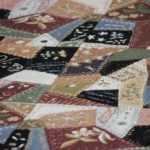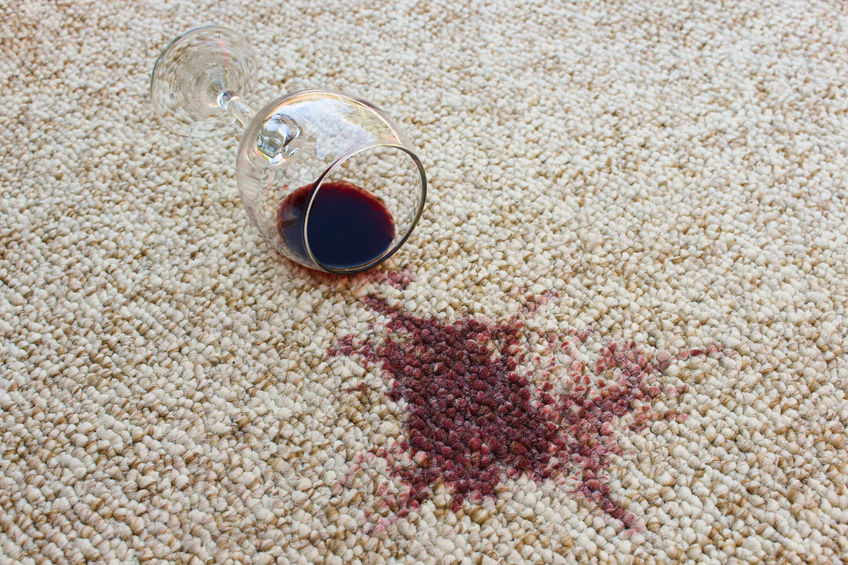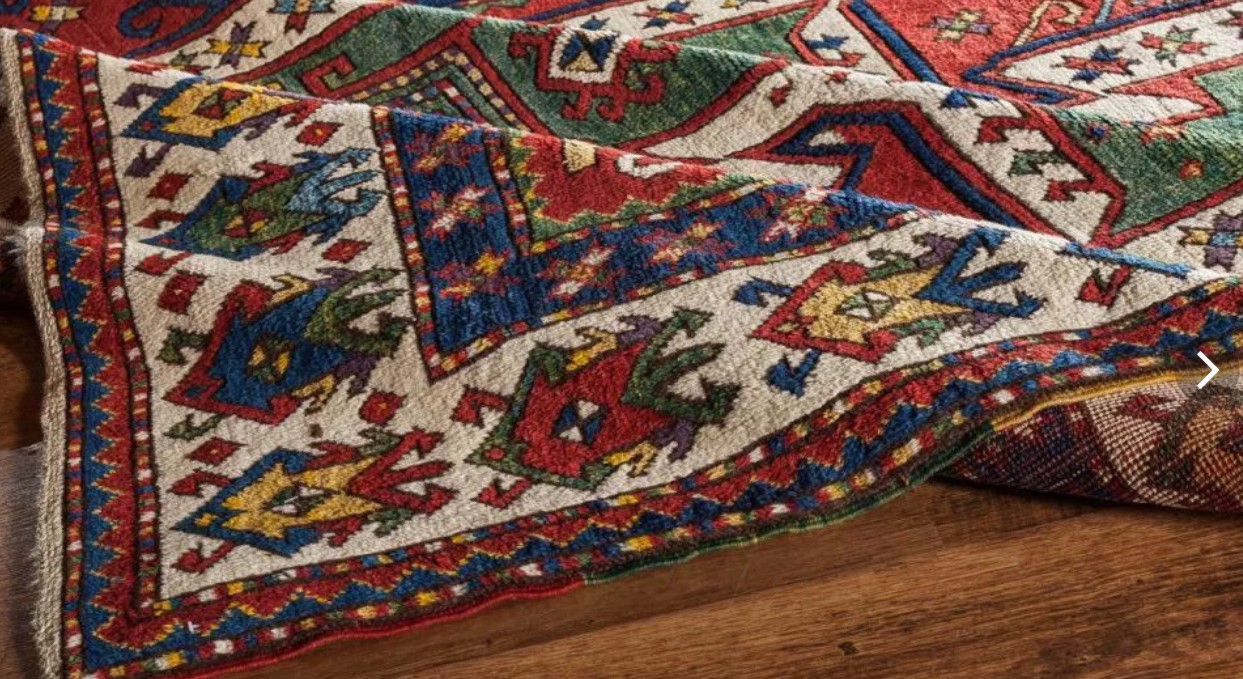Damage from carpets and rugs
When choosing flooring, many people prefer carpets and rugs. They have different textures, colors and patterns, which allows you to choose a product for any room and design. Carpets add coziness to any room. In addition, they retain heat and provide sound insulation. However, along with the positive aspects of using carpets as part of the interior, there are also several significant disadvantages.
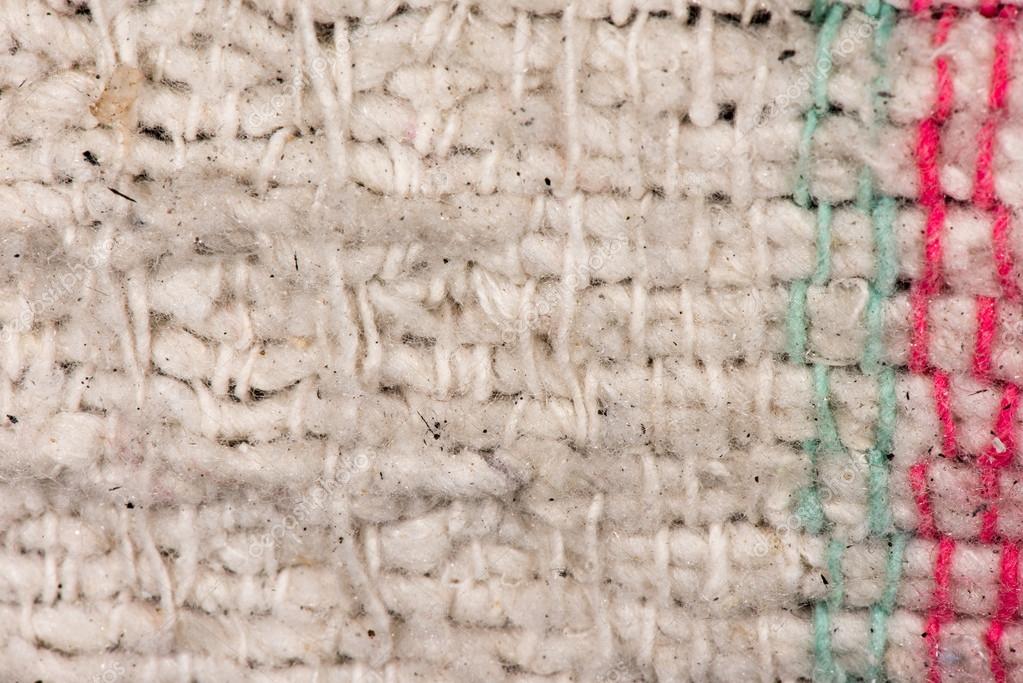
Reference! Not so long ago, natural materials - cotton, wool, silk - were used to produce carpet floor coverings. Now they are increasingly made from polypropylene and other synthetic fibers. Polypropylene is a completely synthetic material. It has excellent durability and is stain resistant.
The content of the article
What damage can carpets cause?
Externally, synthetic floor coverings are almost no different from natural ones. Their pile is just as soft, and the carpet does not fade or trample over time. The fact that each fiber is dyed during the production process helps the coating not to lose its brightness. Polypropylene is a hydrophobic substance, which means that it does not repel moisture. All these properties make synthetic carpets resistant to various stains.
Excellent wear resistance is another important characteristic of synthetic products. All of them can return to their original shape after prolonged pressure.But due to the fact that polypropylene is a synthetic fiber, many consider products made from it to be harmful to health.
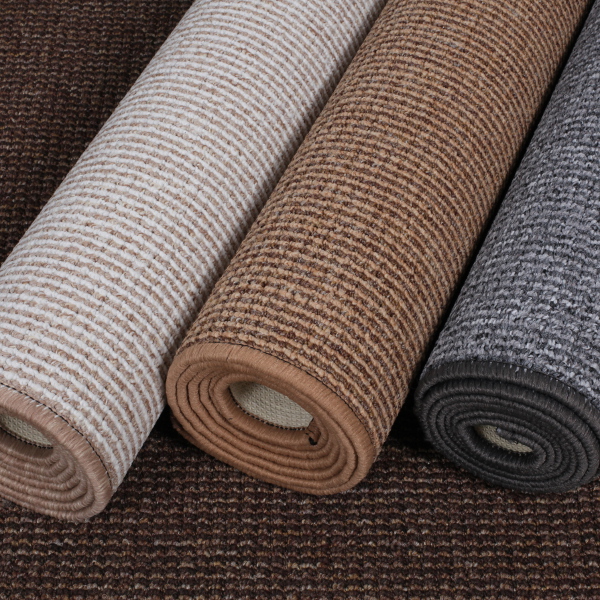
The main disadvantage of synthetic products is that they are not environmentally friendly. The substances that make up the fibers are unsafe for the lungs. Polypropylene, acrylic, polyurethane, vinyl, nylon - all this is found in carpets. Substances can evaporate and enter a person’s lungs.
Carpets consist of several layers. One of them is the substrate. It consists of glue and a surface of fibers. The surface may contain various toxic chemical compounds. In addition, when heated, carpets begin to emit toxic fumes, which are extremely dangerous for humans, as they can cause severe poisoning in adults, children and pets.
Important! The most dangerous are fire-resistant floor coverings. They are treated with special substances that can lead to allergies or cause asthma attacks.
Types of flooring
Carpets differ not only in the material from which they are made, but also in the manufacturing technology.
- Fabric. No adhesives are used in production. The fiber strands are intertwined. This makes such products durable, wear-resistant and the safest for home use.
- Tufted. Threads and fibers are driven into the base of the coating, and then covered with a special adhesive. Such products require careful cleaning, as they absorb large amounts of dust and dirt.
- Needle-punched. The pile threads are driven into the base of the carpet with special needles. After that, another base, which is often made of rubber, is glued to the surface of the product.The finished product has no lint, so it is easy to care for.
In addition, all floor coverings have different pile lengths. The shortest one does not even reach three millimeters. The average length is from 3 to 5 mm. There are also products with high pile.
Important! When purchasing flooring, it is worth considering that the higher the pile height, the more difficult it is to care for the product. This is especially important for allergy sufferers, since dust accumulating in the pile can provoke exacerbations of the disease.
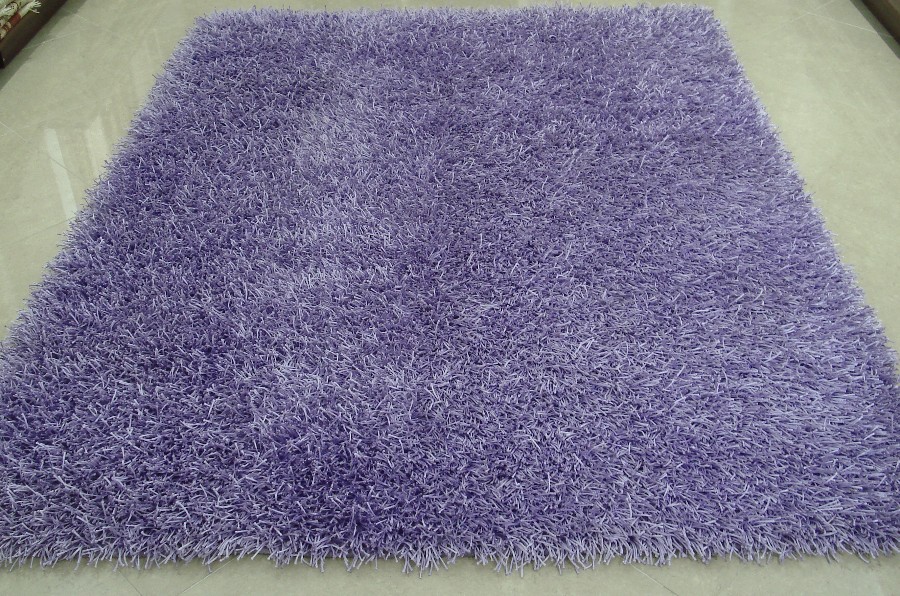
How can you reduce the negative impact
The negative impact of a synthetic carpet, rug or carpet can be significantly reduced. To do this, you must follow some recommendations:
- You should not walk on the carpet in street shoes. Besides the fact that it is not aesthetically pleasing and uncultured, the main thing is that it is extremely unhygienic. All street dust, harmful bacteria, various decomposition products - it will all be on the floor covering. No cleaning product will help get rid of this.
- It is recommended to wet clean the product more often. A vacuum cleaner cannot cope with a large amount of dust, collecting only a small part of the dirt. Dust accumulated on the product will be inhaled daily and settle on the respiratory system. In addition to it, bacteria and dust mites can penetrate into the lungs. Therefore, it is extremely important to regularly air the carpet and wet clean it. It is also advisable to periodically take the product to dry cleaning.
- The room must be ventilated regularly. This will not only provide an influx of fresh air, but also get rid of harmful and toxic fumes that are emitted by synthetic compounds.
- When purchasing a new carpet, it is advisable to inquire about its composition and production method. If all this does not cause concern, then you can safely purchase a carpet.At the same time, you should not immediately lay it indoors; you need to let it air outside.
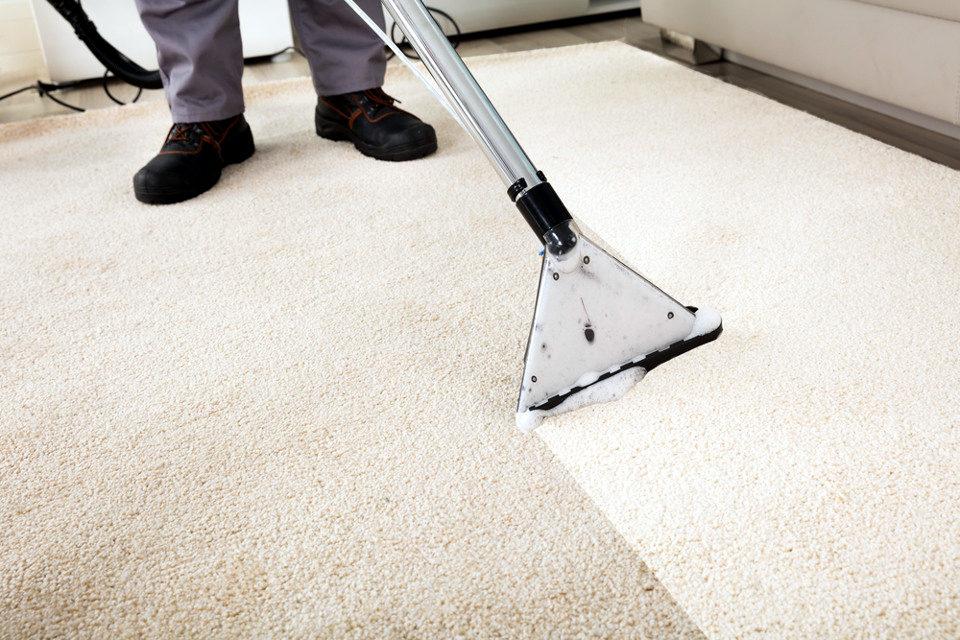
Which carpet can be considered safe?
Despite the fact that synthetic coverings are very popular, it is better to purchase products made from natural materials - sisal, wool, cotton or coconut palm. It is worth paying attention to the fact that it should not be treated with chemicals. Floor coverings made from natural materials are completely environmentally friendly and do not cause allergic reactions. At the same time, their service life is much longer than that of a synthetic carpet. Their only significant drawback is the cost. But human health is worth much more.
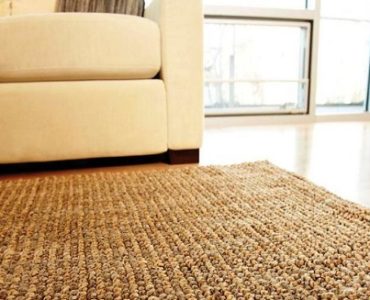
Carpets made from synthetic fibers have both positive and negative features. Therefore, it cannot be said that they are not worth buying. Modern manufacturers are trying to minimize the harm from synthetic substances in order to make products more environmentally friendly.
Polyurethane carpets are especially relevant for high traffic areas: kitchen or hallway. For the bedroom and nursery, the best option would be a product made from natural fibers.



